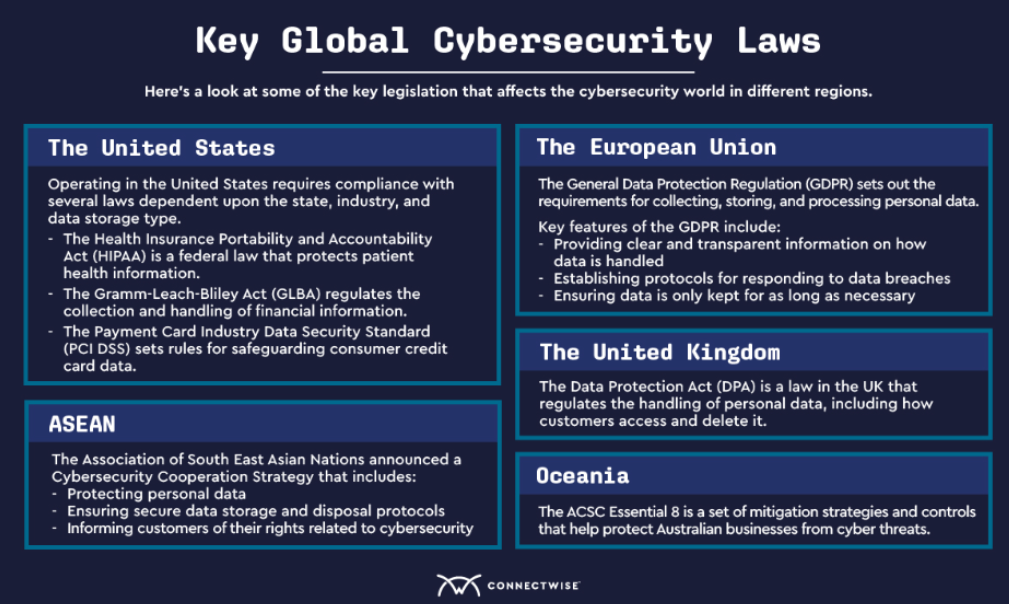

What You Missed at After AI: Cyber Predictions for 2024 Presented by Fortra
Our team attended Fortra’s Webinar held on December 6th, 2023. “After AI: Cyber Predictions for 2024” contained great insights into the industry and threat landscape surrounding our cyberspaces. The discussion began with an overview of the trends Fortra identified in 2023. This information helps inform our predictions and gain a deeper understanding of the landscape we face today. Following the conversation on 2023 trends, the experts (Jess Burn, Bob Erdman, Chris Reffkin, Rohit Dhamankar, and Antonio Sanchez) examined their predictions for 2024. Below, you can read our team's notes, takeaways, and added insights from the Fortras webinar.
Overview of 2023 Trends & Our Analysis:
Expanded Attacks and Targets
Vishing on the Rise
There has been an increase in cases of response-based phishing and complex vishing. While you may be familiar with the concept of phishing attacks (which utilize fraudulent emails or websites) targets are facing rising volumes of vishing attacks. These attacks utilize fraudulent phone calls and voicemail messages claiming to be from reputable companies. These calls are often aimed at gathering personal information such as bank details and credit card numbers. In 2023, phishing and social engineering were responsible for 46% of reported external attacks. Further, 22% of attacks revolved around the use of weak or stolen credentials.
Evolution of Ransomware
According to 2023 reports from Stastia, over
72% of businesses worldwide were affected by ransomware attacks. The number of
ransomware victims in 2023 has already surpassed what was observed for 2021 and 2022. You may remember headlines for multiple high-profile ransomware attacks from this year. Devastating attack victims include
Sony in September, the
MGM casinos and resorts in Las Vegas, and the
City of Dallas (May 2023) – an attack that affected 30,253 people.
Government Agencies and Businesses as Targets
As ransomware, vishing, and attacks in various forms continue to rise, it is no shock that government agencies and businesses are consistently attacked. Businesses of all sizes, from giants like MGM to everyday small-to-medium-sized businesses, can hugely benefit from protective measures to safeguard their cyber presence.
Improved Attack Responses
In 2023, we noticed increased adoption of “Zero Trust” policies. With these policies in place, no one is trusted by default: regardless of being inside or outside the network. This security strategy works to prevent data breaches by restricting trust to users. This architecture offers the highest level of data security and mitigates the risk of a data breach or unauthorized access.
More Laws and Regulations
2023 saw an increase in global laws and guidelines on data privacy and ransomware payments. Below, you can read this helpful infographic put together by Connectwise, for more details about key global cybersecurity laws.

2024 Predictions & Our Analysis:
Geopolitical Tensions
In 2024, businesses are set to see a higher focus on planning for global events throughout supply and value chains. As supply chain disruptions have rocked businesses and economies globally, leaders are implementing safeguard policies within supply and value chains. In addition, Fortra reports increased synthetic media threats affecting business globally.
Advancing Security Awareness
Modern cybersecurity awareness is far more than telling employees not to click suspicious links. As threats continue to evolve, companies stay protected by integrating security and business savvy. According a 2023 IBM report:
51% of organizations are planning to increase security investments as a result of witnessing a breach. Security investments include incident response planning and testing, employee training, and threat detection and response tools. In the future, successful businesses are likely to instill a culture of internal security.
Collaboration on Threat Intelligence
When it comes to the current cyber threats facing businesses: collaboration is emphasized among companies. However, collaborative efforts are often strained due to liability concerns as collaborators may be your competitors. However, when businesses share information regarding their attack and response details our economy as a whole becomes strengthened against attacks. When we stand together and share information we create a more knowledgeable community regarding attack and response methods.
Signs of Optimism
Fortra sites regions showing signs of closing workforce gaps. As we enter 2024 there is likely to be an increase in organizations actively working to identify and repair the skill gaps among their teams. This process will often employ in-house skilling which involves reskilling and upskilling. Further signs of optimism include increased boardroom-level visibility and a wider acceptance of resilience when businesses face challenges. Collaboration among businesses and security providers is essential to closing security skill gaps, increasing strategy visibility, and providing reliance and preventative action.
Tx Systems is a leading distributor of cybersecurity solutions. Our team works diligently to assess organizations and implement frictionless and secure end-user authentication.
Contact our team today to ensure your organization is secure from evolving cyber threats in 2024.



